

NAOMI is a common-user high-order AO system that, although not yet fully commissioned, has already shown its potential at IR and optical wavelengths. The system is operated in the Nasmyth focus of the telescope. Currently it is available for science observations with a 1024×1024 IR detector.
NAOMI was first tested and used at IR wavelengths, where achieving good AO performance is only moderately difficult. At visible wavelengths AO is much more demanding. In the fall of 2001 performance tests at visible wavelengths were carried out with very good results. These tests are in preparation for the OASIS integral field spectrograph that is currently being planned to work with NAOMI. Some examples of very significant improvements of image quality at optical and IR wavelengths are shown here.
Future plans for further development of Adaptive Optics capability at the William Herschel Telescope include a Rayleigh laser guide star system. Such a laser guide star system would open up AO performance for the widest possible field of astrophysical research. The current results of NAOMI, using only natural guide stars, show a glimpse of the exciting potential that Adaptive Optics provides at the WHT on a world-class observing site like La Palma.
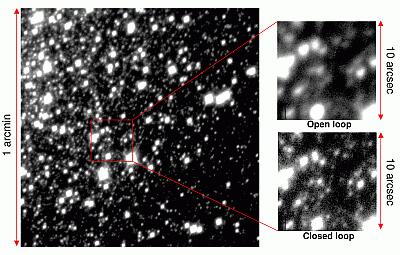
Figure 1. This H-alpha image of globular cluster M13 was taken with NAOMI. The FWHM has been improved
from 0.8 arcsec (natural seeing) to 0.4 arcsec, allowing many faint
stars to be resolved. The image was taken during September 2001
tests of NAOMI's performance at optical wavelengths, and demonstrates the AO
potential of the William Herschel
Telescope. The median natural seeing at the WHT is 0.7 arcsec so this image
quality should be achieved regularly.
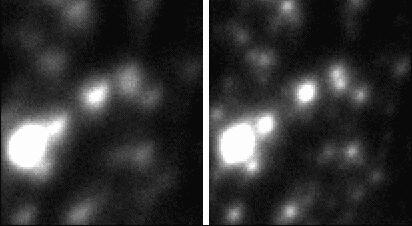
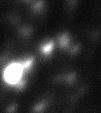
Figure 2. Close-up of the above H-alpha image highlighting the
improvement in
image sharpness. Notice in particular the close double star, located just to
the top right of the centre, that is
unresolved in the open-loop image, while the adaptive optics
corrected image nicely separates both stars. The faint binary has a
separation of only 0.3 arcsec.
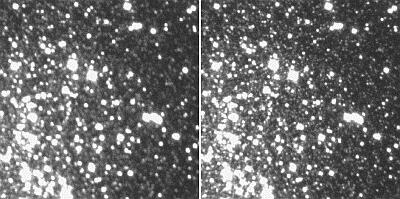
Figure 3. This I-band image of M13 shows nearly the same area of sky, but taken on
a different night. These 300 seconds exposures, with and without having
closed the loop on the adaptive optics system, show a FWHM improvement
from 0.9 arcsec natural seeing to 0.5 arcsec.
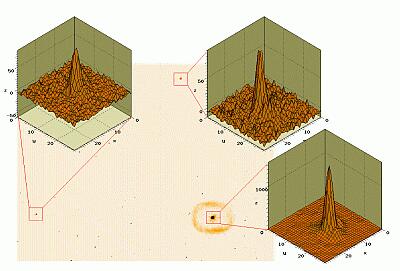
Figure 4. In the IR, where diffraction-limited
performance is more readily obtained, NAOMI has already proven
its capability. The image above shows the K-band diffraction-limited (0.13 arcsec FWHM) central star of the planetary nebula
BD+30 3639. The nebula has a radius of ~2.5 arcsec on this image.
Interestingly, field stars as far away as 30 arcsec from the
central star still enjoy very good AO correction, indicating that
on La Palma good AO correction can be achieved over moderately
wide fields.
More information can be found in these web pages: ING Newsletter No. 5,
October 2001 | NAOMI Home Page
 |
Last Updated: Rene Rutten rgmr@ing.iac.es |